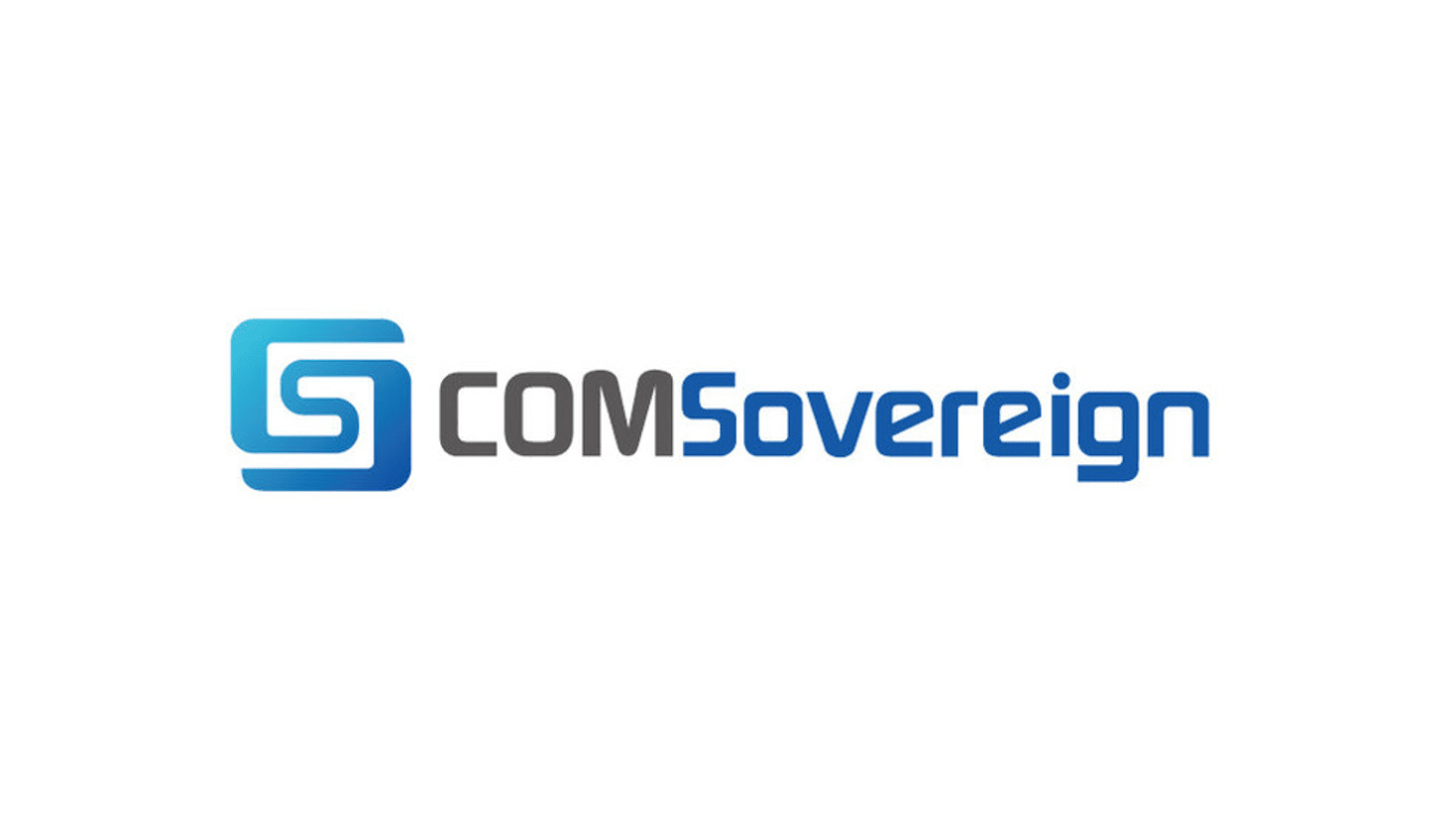The 5TONIC co-creation and research laboratory near Madrid, Spain, has collaborated with Autonomously Guided Vehicle (AGV) specialist ASTI Mobile Robotics to launch a series of tests that demonstrate 5G technology could be used to drive AGVs around large factories without the need for pre-set routes or tracks to follow.
The goal is to program the vehicles with a delivery location for a component and would then travel to the destination by the shortest route around the factory – automatically avoiding any obstacles and blockages along the way. Even the smallest vehicle being tested is capable of transporting parts weighing up to 100 kilograms, while the larger vehicles could contain loads of several tons.
In tests with pre-set travel roughts, 5TONIC and ASTI have been able to show that a wireless connection to a centralized controller can deliver the same level of performance with greater flexibility and very high reliability thanks to the low latency of the signal.
The showcase demonstration was delivered using advanced 4G technology within the 5TONIC test facility – including some 5G features that are already supported by the Ericsson, CommScope and Saguna infrastructure used in the trials. These include high quality uplink and downlink connections, Multi-access Edge Computing (MEC) and prescheduling to reduce latency, as well as mechanisms to reduce inter-cell interference in order to control and guide the ASTI vehicles efficiently and safely.
CommScope demonstrated high performance radio connections as well as cell virtualization for enhanced spectral efficiency, a novel C-RAN architecture and Ethernet-based fronthaul. These features enable high capacity in a factory environment with minimum interference and smooth mobility.
Saguna provided the MEC Edge-Cloud platform enabling the AVG application to operate in the access network and benefit from the ultra-reliable low latency communication environment. Fully compliant with the ETSI MEC standard and 3GPP 5G specifications, this MEC platform simplifies & accelerates development, deployment, management and automation of edge cloud platforms and edge applications.
Ericsson, on its part, deployed a full virtual EPC infrastructure that allows Network Slicing capabilities, and an eNodeB, which is based on the Ericsson Radio System that provides High Band Width by means of High Order Modulation Schemes – as well as latency reduction features such as pre-scheduling which drive the way to support future 5G use cases. The combination of these two technologies allowed end to end latencies as low as 25ms average which is mandatory for the autonomous driving of the AGV’s.
You can read the full announcement and learn more about the 5Tonic lab


